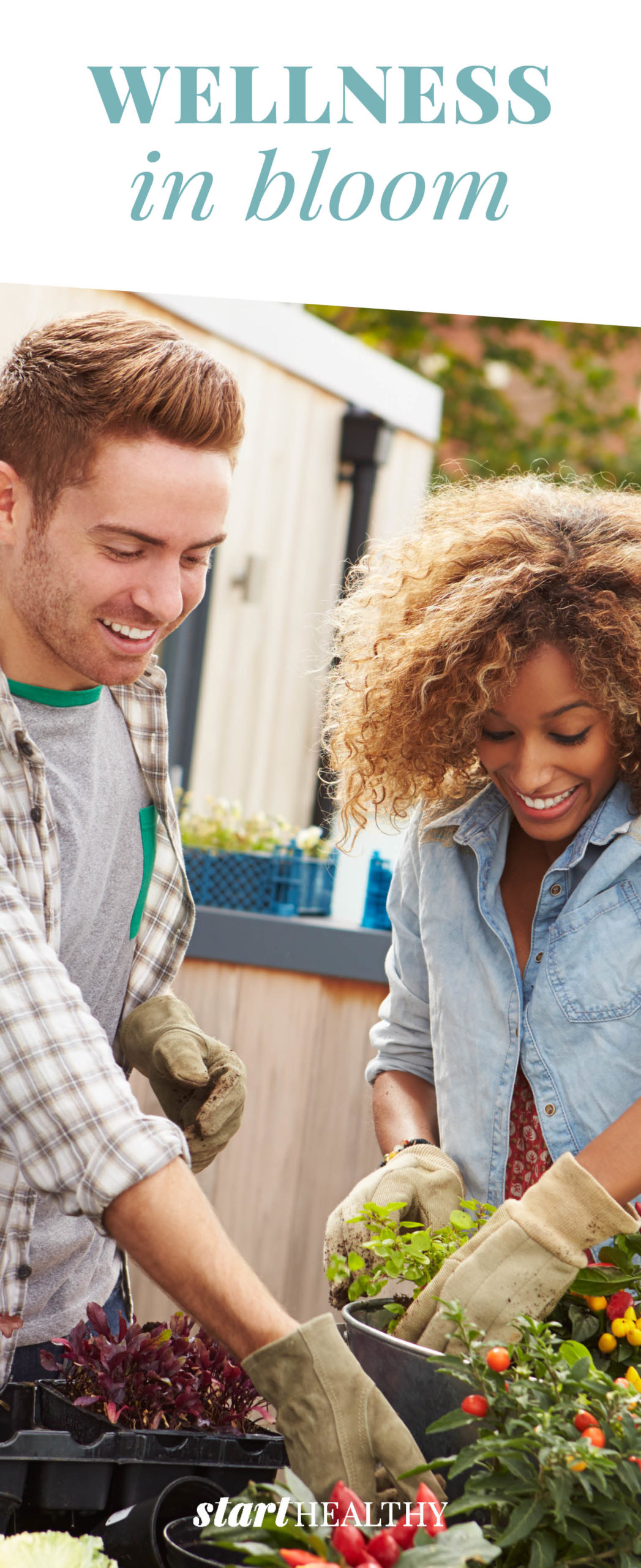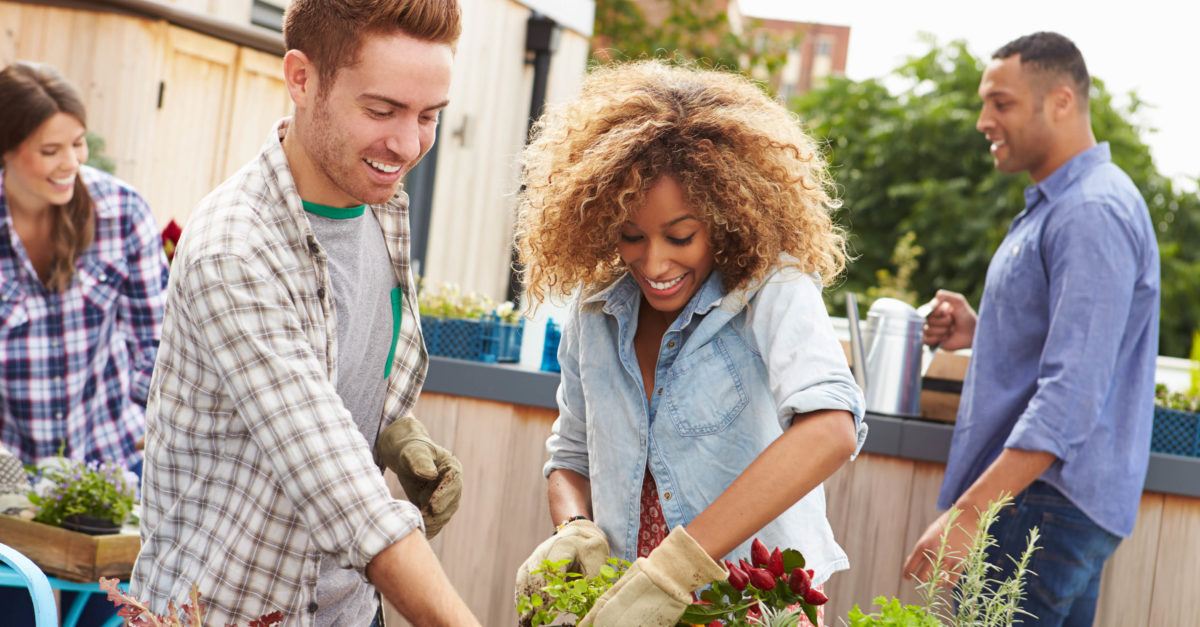Wellness in Bloom
There’s nothing quite like the collective happiness that abounds when winter turns into spring. Of course, one of the reasons is the warmer weather. But another big reason is that nature once again comes alive—and that includes our gardens.
Gardening is more popular than ever, with over three-quarters of American households doing some form of gardening and one-third of people growing their own food. You can seemingly grow a garden anywhere: in a yard, outside your front door, on a rooftop terrace, and even in a neighborhood community garden.
The stereotypical view of this activity being reserved for older generations can be put to rest, too: millennials are gardening in large numbers as well. No matter your age, location, or situation, there’s a certain satisfaction to be gained from growing a garden.
There are many significant mental and emotional benefits to be had from this hobby, but did you know that you get a host of physical benefits through gardening as well? That’s right: your garden can be both your personal oasis and your gym, just outside your door.
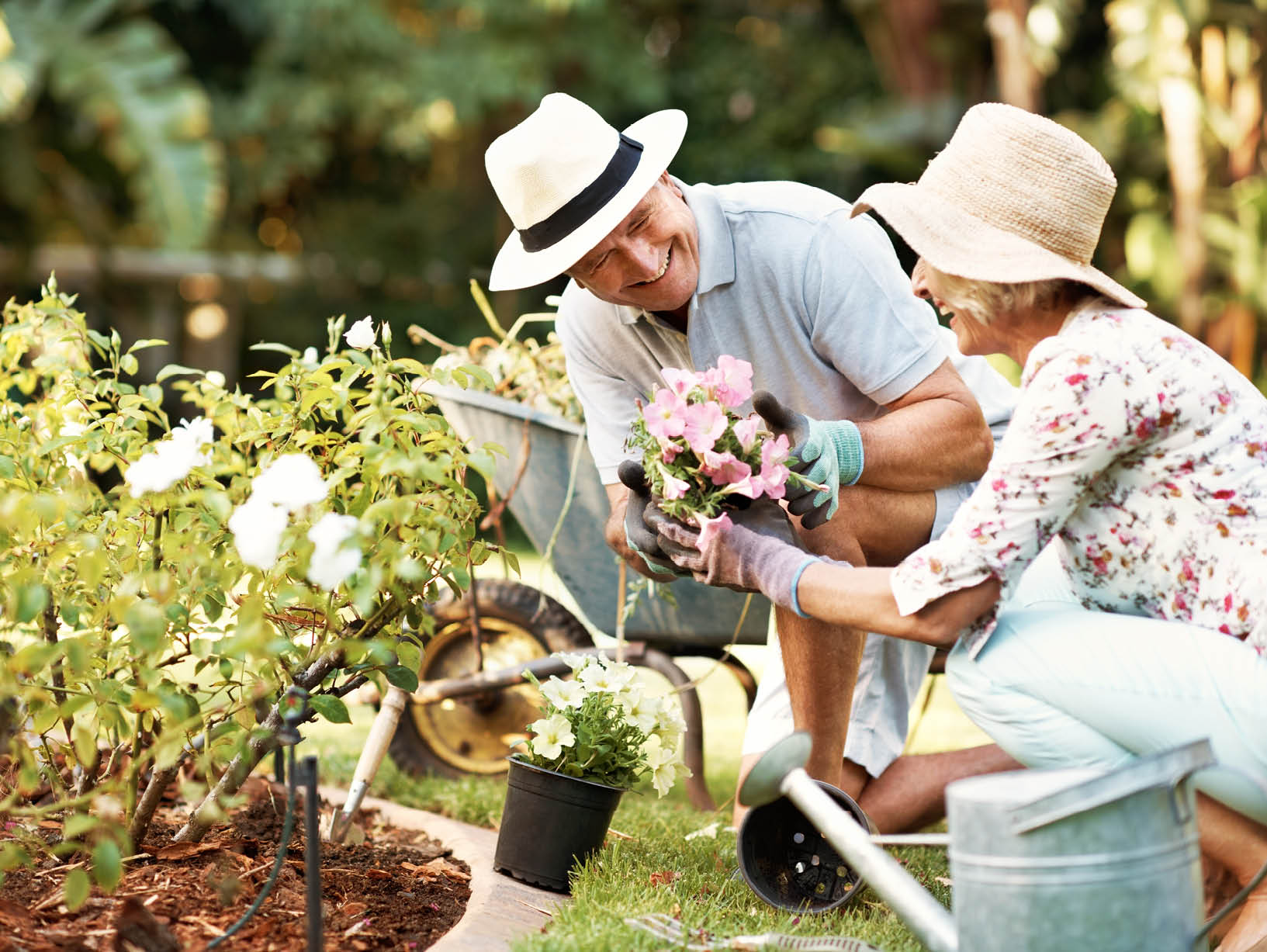
Cultivating Well-Being
As one of our primary means of survival, gardening has been with us since humanity began. However, what was once solely done out of necessity has grown into a beloved hobby for many, a well-manicured means to achieve mental wellness. Here are just a few of the ways that gardening can make you feel good.
MORE HAPPINESS, LESS ANXIETY
One of the most obvious benefits of gardening is that it beckons you outdoors for an extended period of time. Just by being outside, you are helping your mental health—you are not only getting fresh air but also taking in ample vitamin D naturally, even if you are outside for a short period of time. This is associated with increased serotonin, a feel-good drug in your brain that can help you feel happier.
Science also seems to confirm this. Research shows that gardening can reduce anxiety, depression, and stress levels while improving your mood and overall happiness. This can be especially true in city settings—urban gardening has been associated with better overall well-being. So, no matter where you live, gardening can improve your quality of life.
DIGGING UP MINDFULNESS
Zen gardens have been around for centuries, and there’s a reason for their long-standing popularity. A garden is a place of peace: it’s just you and nature, allowing you to be in the present moment. In fact, gardening essentially requires you to do so, as you focus your time in the garden while delaying gratification—you don’t usually see the byproduct of your work for weeks or months.
PLANTING A PURPOSE
As with any labor of love, gardening is a purpose-driven hobby, providing a sense of satisfaction in not only the physical outcome (flowers or produce) but also how it connects you with the world. For example, planting your own garden can help your home environment as well as the global environment by increasing oxygen. In addition, community gardens have blossomed in popularity because they bring people together for a common cause, helping both neighborhoods and social relationships to flourish.
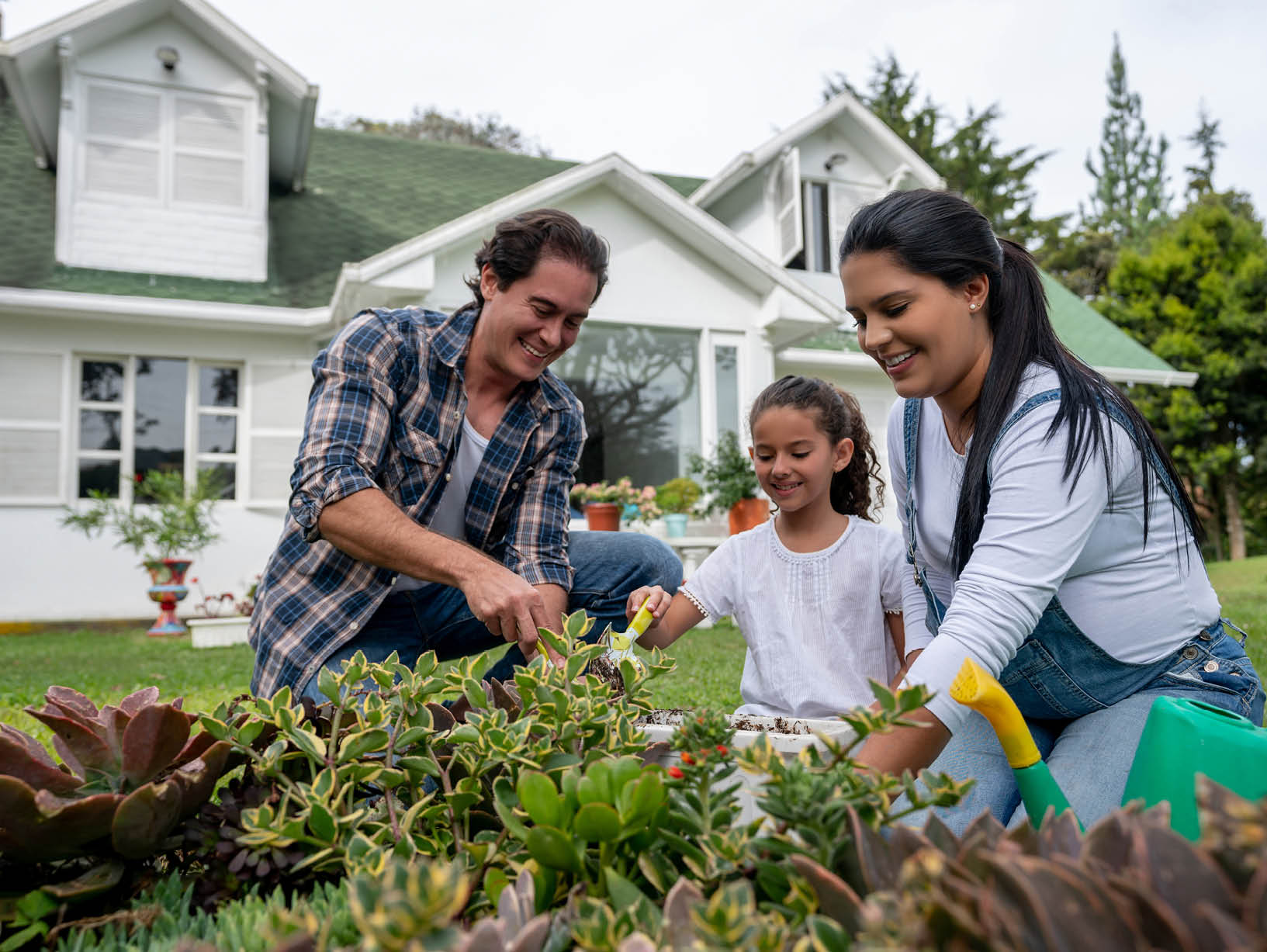
Sowing Strength
Clearly, gardening makes us feel better mentally. However, don’t underestimate the importance of gardening to your physical health as well. Once considered back-breaking work, tending to a garden is now better understood for the vitamin-enriching, well-rounded workout it is.
VITAMIN D, PART DEUX
As mentioned earlier, gardening gives you a good dose of vitamin D. In addition to helping you mentally, this can help you physically. That’s because this vitamin has been shown to increase blood cell production, fortify your immune system, and strengthen your bones—the latter two of which can be especially helpful for older people.
OFFICIALLY AN AEROBIC ACTIVITY
If you’re a seasoned gardener, you know that aches and pains often go hand in hand with being in the garden all day. There’s a lot of crouching down, getting up, and contorting involved with gardening, so you are using many of your muscles and making them stronger. As far as aerobic benefits go, the American Heart Association recommends 150 minutes of moderate-intensity cardio activity per week for adults—and it specifically names gardening on its list, on the same level as brisk walking or slow biking. Research confirms this benefit, showing that, depending on what you’re doing in your garden, you can burn two or three hundred calories per hour or more, making it a legitimate workout.
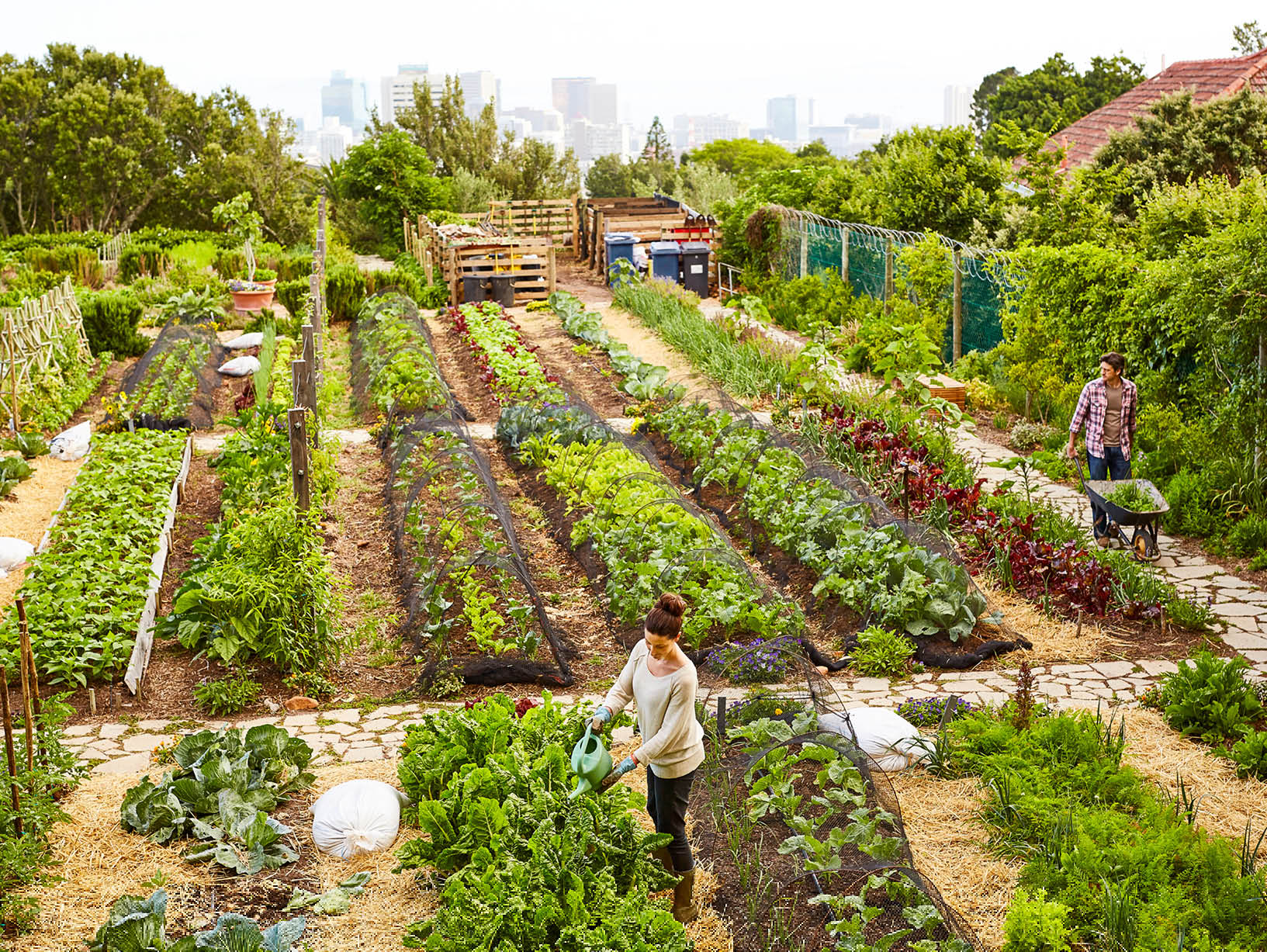
Dos and Don’ts
If you’re going to be a horticultural workout warrior, you need to do it right—otherwise, as with any activity, you’re going to end up causing yourself a lot of pain.
- Prepare accordingly, keeping safety top of mind. Wear a hat, gloves, sunscreen, and goggles, and make sure you have plenty of water handy to stay hydrated.
- The first rule of lifting applies to your garden: bend with your knees so your back doesn’t take the brunt of the weight.
- Speaking of your back, don’t slouch while gardening. Keep your back straight as much as possible when you’re sitting, kneeling, or standing.
- Whether you’re using a shovel or a wheelbarrow, don’t overload it. Doing so could end your day earlier than planned and give you physical problems in the long run.
- Take frequent breaks. Remember that, as much as you may be enjoying your time in the garden, you don’t need to get everything done at once. Stay in the shade. Walk for a little while or stretch during your downtime to stay flexible. (In contrast, sitting could make you stiffen up.)
On an intrinsic level, gardening is an activity like no other. It offers promise in the hope of what’s to come. It provides serenity, and it’s nature’s canvas. Through your garden, Mother Nature nurtures both you and your sprouts while also being your workout partner—helping you become mentally and physically healthier right in the comfort of your own yard.
